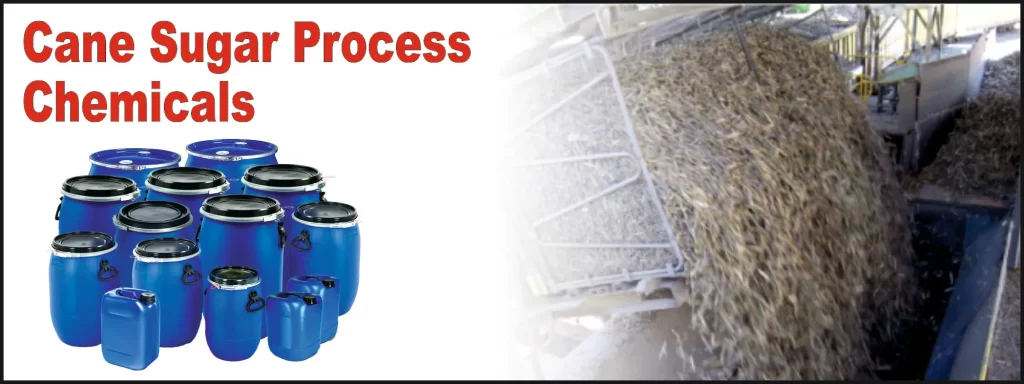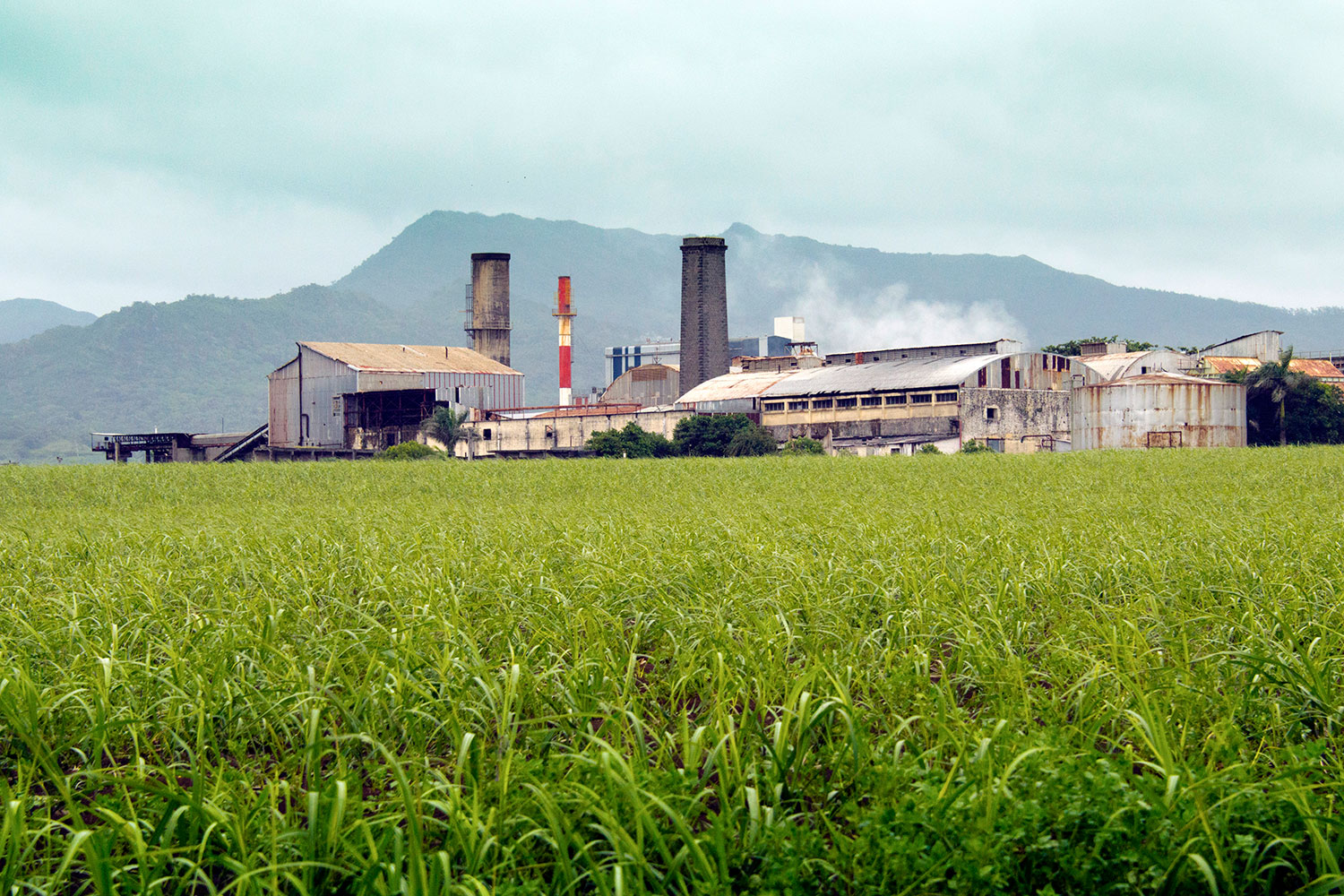Maximizar Rendimientos Y Minimizar Costos: Estrategias Avanzadas Para La Optimización Química Del Procesamiento De Azúcar De Caña
In the world of cane sugar processing, the search of making best use of yields while concurrently decreasing costs stands as a formidable difficulty that needs a strategic mix of innovative chemical optimization methods. In the middle of this detailed web of techniques lies the promise of opening untapped possibility and revolutionizing the extremely essence of sugar production.
Chemical Evaluation for Efficiency
Chemical evaluation plays a pivotal duty in enhancing the effectiveness of sugar walking cane handling by providing critical insights right into the structure and properties of the raw products. By conducting thorough chemical evaluations on sugar walking stick samples, processors can identify the specific focus of sucrose, sugar, fructose, and other elements existing in the raw material. This information is crucial for enhancing the numerous stages of the sugar walking cane handling chain, from milling to formation.
Furthermore, chemical analysis allows cpus to recognize contaminations such as natural acids, proteins, and minerals that can affect the high quality and yield of the last sugar item. By evaluating these impurities, processors can apply targeted strategies to get rid of or alleviate their effects, eventually boosting the total performance of the handling plant.
Additionally, chemical analysis helps with the tracking of procedure criteria such as pH, temperature, and thickness, permitting processors to make real-time changes to make certain optimal conditions for sugar removal and crystallization. On the whole, a complete understanding of the chemical structure of sugar cane is necessary for making the most of yields, reducing prices, and keeping high item top quality in the sugar manufacturing market.

Enzyme Application for Enhanced Yields
With a tactical strategy to enzyme application, sugar walking stick cpus can considerably boost their yields while preserving operational performance in the manufacturing procedure. Enzymes play a critical function in sugar walking cane processing by breaking down complicated carbohydrates right into less complex sugars, thus boosting the overall sugar removal efficiency. By integrating specific enzymes customized to target the various components of sugar cane, such as cellulose and hemicellulose, cpus can improve the launch of sugars during extraction.
Enzyme utilization offers the advantage of taking full advantage of sugar yields from the raw material while minimizing the energy and resources needed for handling. Through mindful option and application of enzymes, sugar cane processors can maximize their procedures to attain higher yields and success.
Ph Control for Optimum Handling
Enzyme utilization for increased returns in sugar walking stick handling lays the structure for resolving the vital aspect of pH control for optimal processing performance. Maintaining the suitable pH level throughout numerous stages of sugar walking cane handling is vital for making best use of returns and decreasing prices. pH control is particularly essential during the removal and clarification procedures. In the extraction stage, maintaining the correct pH aids in achieving reliable sucrose removal from the cane. Regulating the pH during explanation aids in the rainfall of impurities and non-sucrose parts, resulting in a purer last product. PH affects the activity of enzymes included in the breakdown of macromolecules, affecting the total efficiency of the procedure. By thoroughly monitoring and changing the blog here pH degrees at various processing steps, sugar walking cane cpus can boost sugar recuperation prices, decrease chemical use, and optimize the total production process. Reliable pH control not just enhances the top quality of the end product however likewise contributes to sustainable and affordable sugar walking cane handling procedures.
Advanced Purification Strategies
Applying innovative purification strategies in sugar walking cane handling improves the effectiveness and purity of the final product via improved splitting up methods. By incorporating advanced filtration technologies, such as membrane layer filtering and activated carbon filtration, sugar walking cane processing plants can have a peek at these guys achieve greater degrees of sugar healing and improved quality assurance.

Activated carbon filtering is an additional innovative method that aids in the elimination of colorants, off-flavors, and residual contaminations from sugar cane items. By making use of turned on carbon's adsorption homes, this filtration method enhances the clearness and taste of the sugar, fulfilling the high requirements demanded by consumers and sector guidelines.
Energy-Efficient Distillation Approaches
Energy-efficient distillation techniques are important for maximizing the sugar walking stick handling sector's energy usage while maintaining top notch item requirements. Conventional purification processes can be energy-intensive, resulting in greater production expenses and ecological impacts (Cane Sugar Processing Chemicals). Carrying out energy-efficient purification methods, such as vacuum purification or molecular distillation, can substantially lower energy demands while improving general procedure performance
Vacuum cleaner distillation involves lowering the pressure within the purification system, which decreases the boiling point of the fluid mixture being processed. This reduction in boiling point reduces the energy needed for evaporation, leading to power savings compared to conventional purification approaches.
On the various other hand, molecular distillation utilizes brief course distillation techniques under high vacuum problems to different substances based on their molecular weight. This approach is specifically effective for heat-sensitive materials, as it runs at reduced temperature levels, decreasing energy consumption and preserving product high quality.
Verdict
